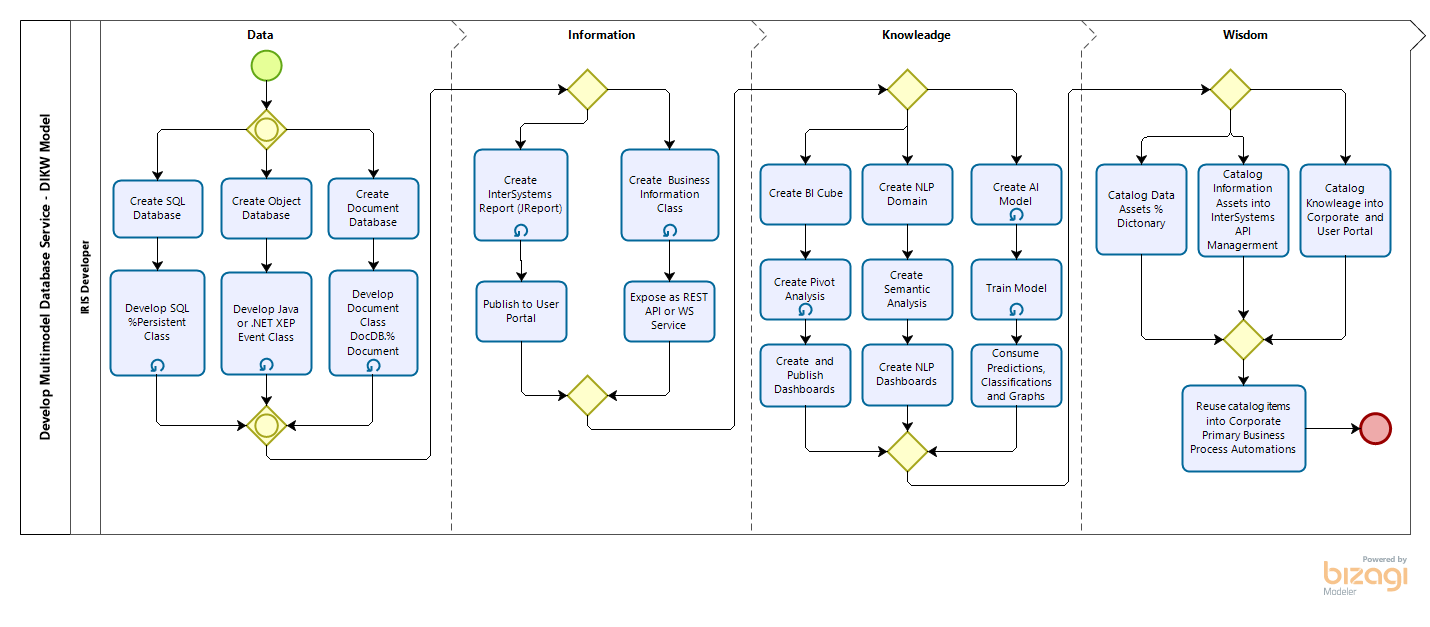In the good old days (tm) determining the size of the data, streams, and indices for a class/table was easy - you just ran %GSIZE and check D, S, and I globals respectively.
However, nowadays sharding, optimized global names, and indices in separate globals produce %GSIZE output looking like this:


.png)

.png)